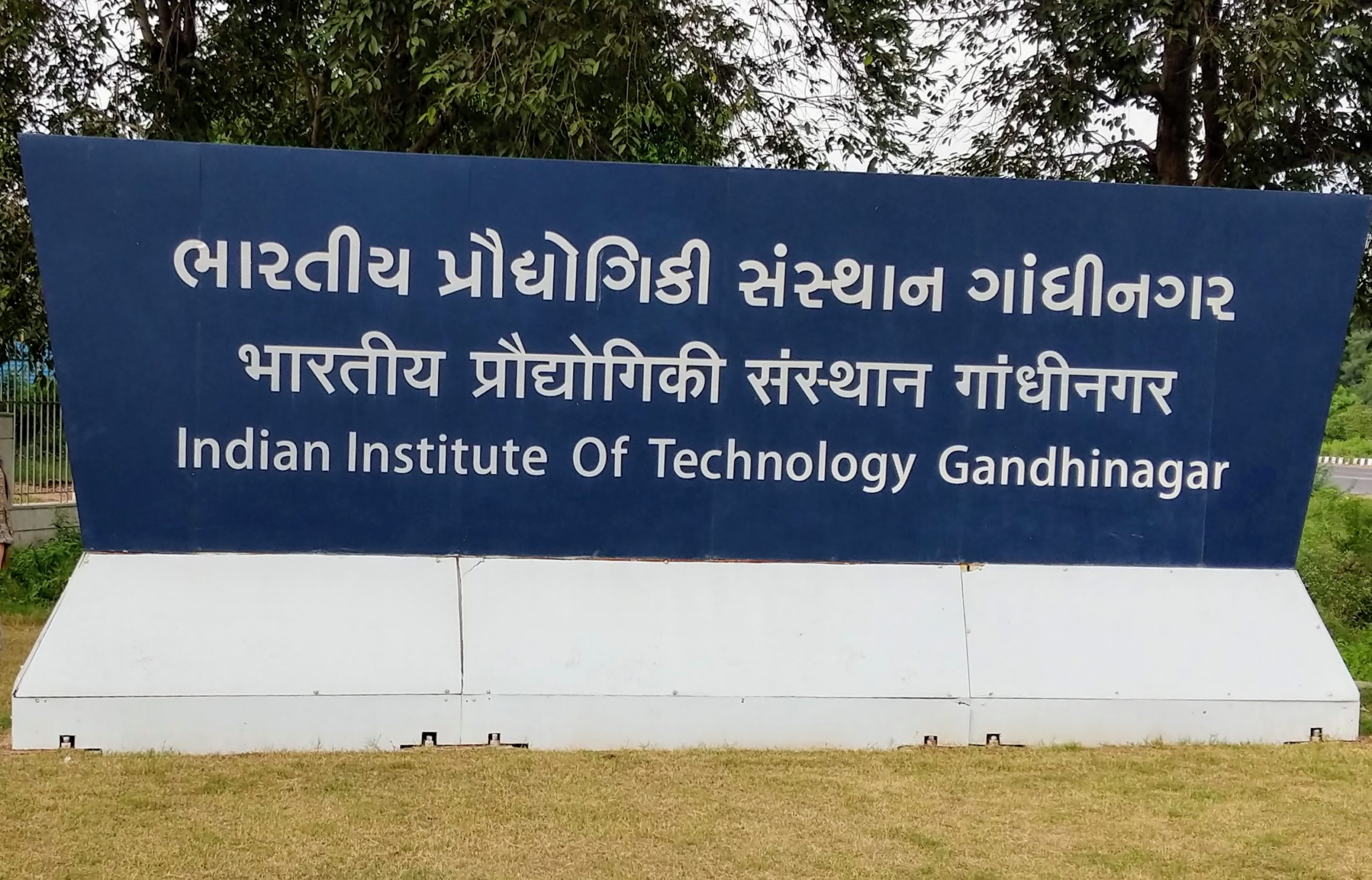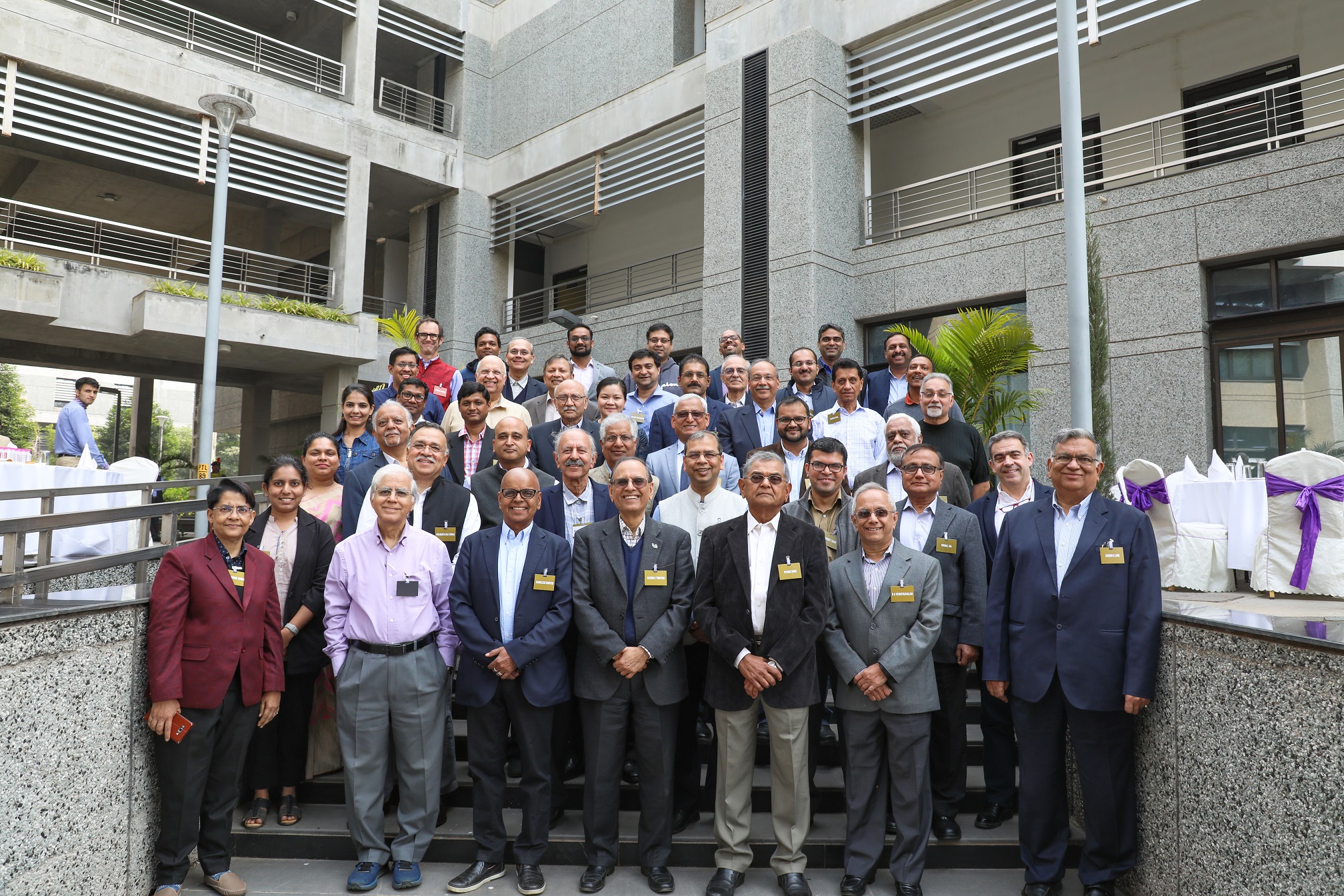Indian Institute of Technology Gandhinagar
Press Communique
June 08, 2020
iGrip-IITGN hosts a webinar on Geosynthetics technologies of Japanese high-speed bullet train “Shinkansen”
The fifth webinar in the series was delivered today morning by well-known geotechnical engineer Dr Kenji Watanabe from the University of Tokyo
NHSRCL and IITGN are going to work together on the technical developments related to Geosynthetics Reinforced-Soil Structure in the projects of Bullet train in India
Gandhinagar: Initiative for Geotechnical Research and Innovative Practice (iGrip) at the Indian Institute of Technology Gandhinagar (IITGN) organised a webinar on Development of Geosynthetics Reinforced-soil Structure for Japanese high-speed bullet train “Shinkansen”. It was the fifth webinar in the iGrip Webinar series with global experts on Geostructures.
Today’s lecture was delivered by Dr Kenji Watanabe, Associate Professor of Civil Engineering at the University of Tokyo. Dr Watanabe specialises in design and construction of railway earth structures and Geosynthetic Reinforced-soil (GRS) structures and has worked with Railway Technical Research Institute (RTRI), Japan, and The French Institute of Science and Technology for Transport, Development and Networks (IFSTTAR).
At the beginning of the webinar, Dr Watanabe briefly introduced the history of the application of GRS structures and then elaborated on the three main elements of the structure (soil, rigid facing and geosynthetics). Explaining the technology and its advantages, Dr Kenji Watanabe said, “Japan has constructed Geosynthetic-Reinforced Soil Retaining Wall (GRS RW) with full-height rigid facing for a total length of more than 180 km at more than 1,100 sites mainly for railways in Japan. This technology is highly cost-effective with a high stability against heavy rains and severe earthquakes. It has been validated for the last 30 years in Japan.”
Based on several experiments and field observation, Japan has published “Design Standards for Railway Structures and Commentary (Earth Retaining Structure)” that follows the concept of performance-based design. In the end, he also introduced the recent research activities applying geosynthetics for the railway structure.
The webinar proved to be a great learning forum for students and professionals who are interested in the application of GRS structures for high-speed train projects. More than 500 students and professionals attended today’s webinar from across the country and abroad.
National High-Speed Railway Corporation Limited (NHSRCL) and IIT Gandhinagar have decided to jointly work on the technical developments related to Geosynthetics Reinforced-soil Structure in the upcoming and future projects of Bullet train in India. NHSRCL and IITGN have also invited other IITs to collaborate with their strengths. An e-workshop of all the IITs was also held on June 06, 2020, on the same lines.
More information about upcoming lectures will be available on the iGrip platform at https://igrip.iitgn.ac.in/.
About iGrip:
iGrip (Initiative for Geotechnical Research and Innovative Practice), is a platform to create awareness about innovative practices and fostering multi-disciplinary research through an amalgamation of academia and industry. It also provides a unique single-source platform for information on Geotechnical Engineering for teaching and learning purposes. It caters to the needs of the academia as well as the industry.
The initiative is focused on the dissemination of state-of-the-art practices and cutting-edge engineering knowledge and expert advice covering at present primarily Ground Improvement and Applications of Geosynthetics. The initiative also helps to spread awareness from undergraduate level to research level by providing a collection of authentic resource material containing modern techniques and practices applied in Geotechnical Engineering. The platform also aspires to help various organizations and industries interested in conducting workshops and short courses.
Source: #iitgandhinagarmediateam




